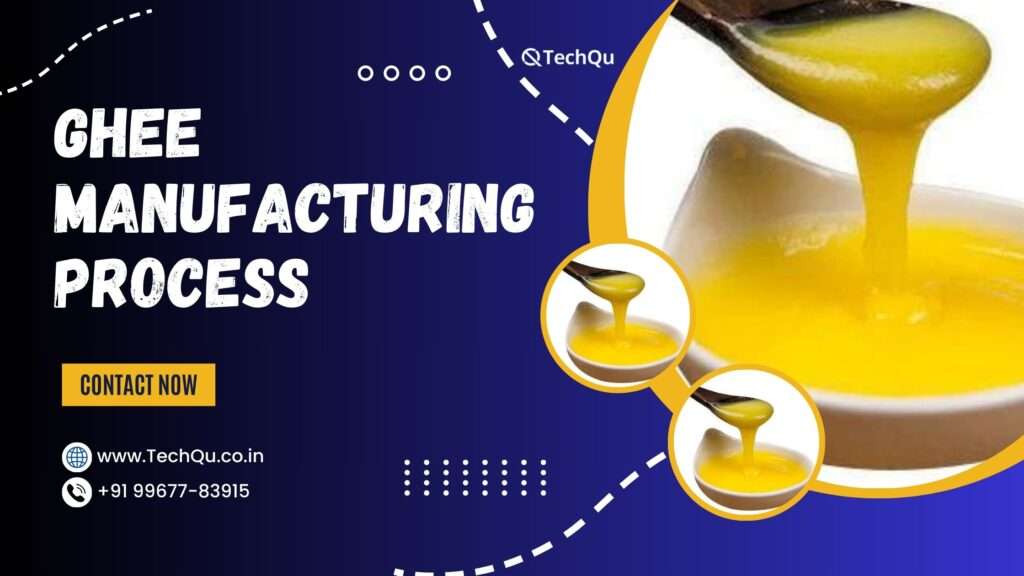Introduction of ghee manufacturing process
Ghee, a clarified butter, is a staple in many Indian and South Asian cuisines. It’s known for its rich flavor, high smoke point, and long shelf life. The process of making ghee involves heating butter until the milk solids separate from the pure butterfat.
Traditional Ghee Making Process:
- Butter Selection: High-quality, fresh butter is the starting point. Traditionally, butter from grass-fed cows or buffaloes is preferred.
- Heating: The butter is placed in a saucepan and heated over low heat.
- Separation: As the butter heats, the milk solids (casein and lactose) separate from the butterfat. The milk solids settle at the bottom, while the butterfat rises to the top.
- Skimming: The frothy layer of water that forms on top is skimmed off.
- Clarification: The butter continues to be heated until the milk solids turn golden brown and have a nutty aroma.
- Straining: The clarified butter, now known as ghee, is strained through a fine-mesh sieve to remove the milk solids.
- Cooling: The ghee is allowed to cool slightly before being stored in an airtight container.
The Market Of Ghee Production In India
The market for ghee production in India is a thriving one, driven by a combination of cultural significance, health benefits, and growing consumer demand.
Cultural Significance:
- Religious and Ritual Use: Ghee is an essential ingredient in many Hindu religious ceremonies and rituals. Its pure form is considered sacred and is used in offerings and lamps.
- Traditional Cooking: Ghee has been a staple in Indian cuisine for centuries. It is used in a wide variety of dishes, from savory curries to sweet desserts.
Steps For The Animal to machine for ghee making
The process of transforming milk from animals into ghee using machines involves several stages, starting from milking the animals to the final packaging of ghee. Here is an overview of the key steps:
- Milking Machines: For efficient and hygienic collection of milk from animals.
- Cream Separator: To separate cream from raw milk.
- Butter Churner: To churn cream into butter.
- Melting Kettles or Boilers: For melting butter and simmering it to remove water.
- Clarification Machines: To remove caramelized milk solids from melted butter.
- Strainers and Filtration Systems: To filter out impurities and milk solids from the ghee.
- Filling Machines: To package the ghee into containers.
- Labeling and Sealing Machines: To label and seal the containers for distribution.
Which processed is used to make ghee
- Heat the butter: Place butter in a saucepan and heat it over low-medium heat.
- Separate the layers: As the butter heats, it will separate into three layers: a clear, golden liquid (ghee), a frothy layer of water, and a layer of milk solids at the bottom.
- Skim the foam: Skim off the frothy layer of water as it appears.
- Brown the milk solids: Continue heating until the milk solids at the bottom of the pan turn golden brown, giving the ghee a nutty flavor.
- Strain the ghee: Strain the ghee through a fine-mesh strainer or cheesecloth to remove the milk solids.
- Cool and store: Let the ghee cool slightly before transferring it to a clean jar. Store it at room temperature.
Best processing ghee manufacture
Determining the “best” ghee manufacturer can be subjective and depend on various factors, including your personal preferences, dietary needs, and regional availability. However, here are some factors to consider when choosing a ghee manufacturer:
- Production Process
- Certifications
- Brand Reputation and Reviews
- Country of Origin
- Packaging and Storage


